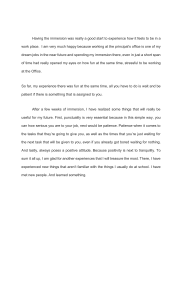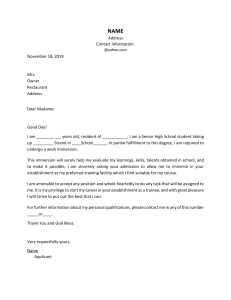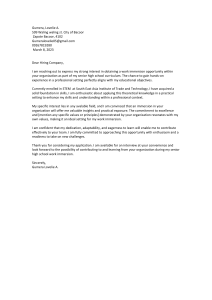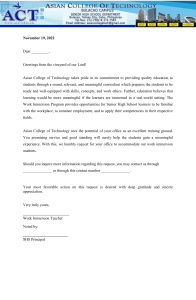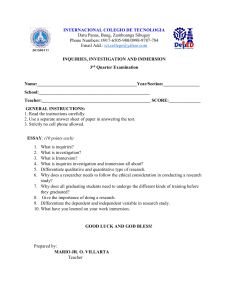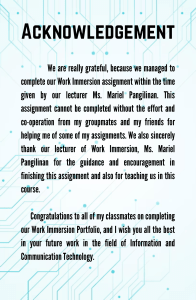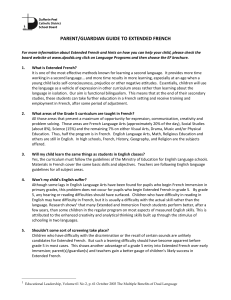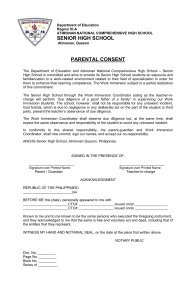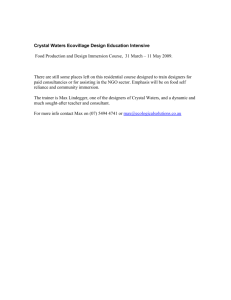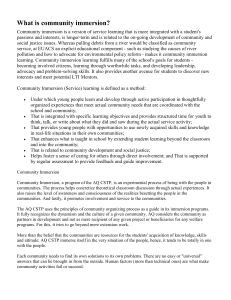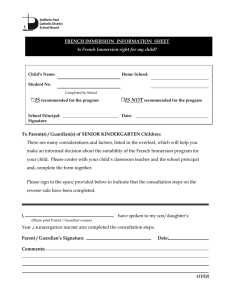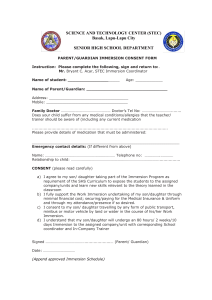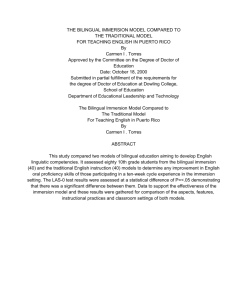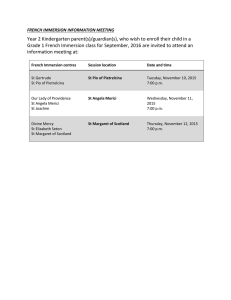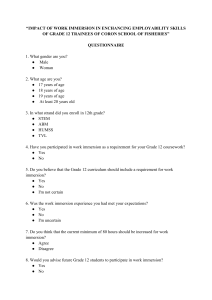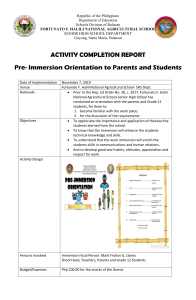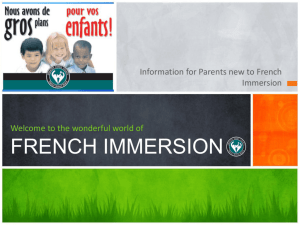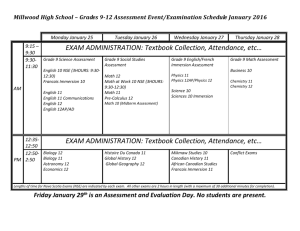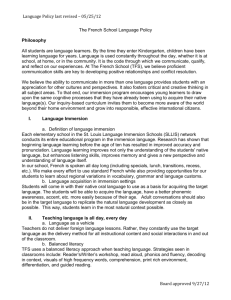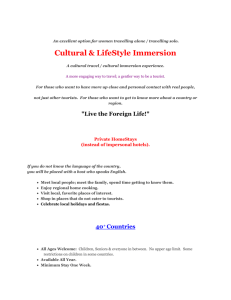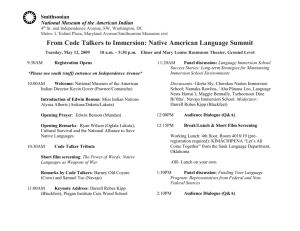Immersion Teaching Strategies Observation Checklist
advertisement
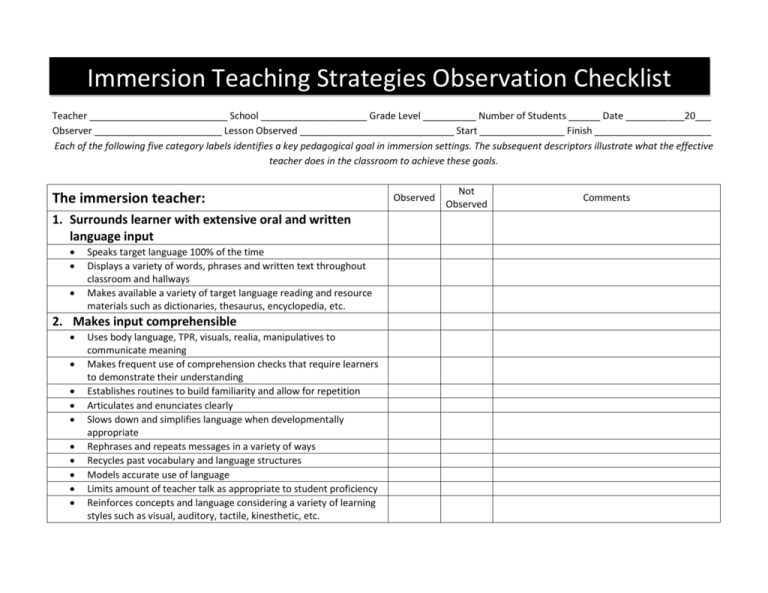
Immersion Teaching Strategies Observation Checklist Teacher __________________________ School ____________________ Grade Level __________ Number of Students ______ Date ___________20___ Observer ________________________ Lesson Observed _____________________________ Start ________________ Finish ______________________ Each of the following five category labels identifies a key pedagogical goal in immersion settings. The subsequent descriptors illustrate what the effective teacher does in the classroom to achieve these goals. The immersion teacher: 1. Surrounds learner with extensive oral and written language input Speaks target language 100% of the time Displays a variety of words, phrases and written text throughout classroom and hallways Makes available a variety of target language reading and resource materials such as dictionaries, thesaurus, encyclopedia, etc. 2. Makes input comprehensible Uses body language, TPR, visuals, realia, manipulatives to communicate meaning Makes frequent use of comprehension checks that require learners to demonstrate their understanding Establishes routines to build familiarity and allow for repetition Articulates and enunciates clearly Slows down and simplifies language when developmentally appropriate Rephrases and repeats messages in a variety of ways Recycles past vocabulary and language structures Models accurate use of language Limits amount of teacher talk as appropriate to student proficiency Reinforces concepts and language considering a variety of learning styles such as visual, auditory, tactile, kinesthetic, etc. Observed Not Observed Comments The immersion teacher: 3. Integrates language, content and culture Specifies content and language objectives for each lesson Uses authentic songs, poems, literature, rhymes, artifacts to teach language and culture 4. Promotes extended student output Structures and facilitates high-interest student-centered activities Uses output- oriented activities such as role plays, simulations, drama, debates, presentations, etc. Makes use of variety of cooperative learning techniques such as partners, think-pair-share, numbered heads, jigsaw, etc. Communicates and consistently reinforces clear expectations about student language use 5. Attends to continuous language growth and improve accuracy Uses a variety of effective feedback techniques including elicitation, clarification, requests, repetition, recasts, explicit correction, nonverbal cues Observed Not Observed Comments
